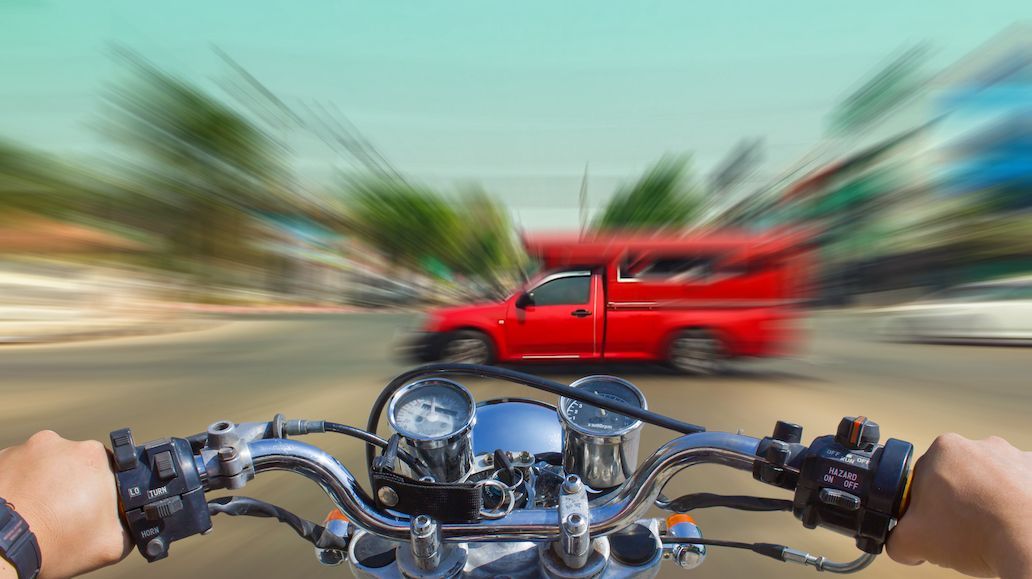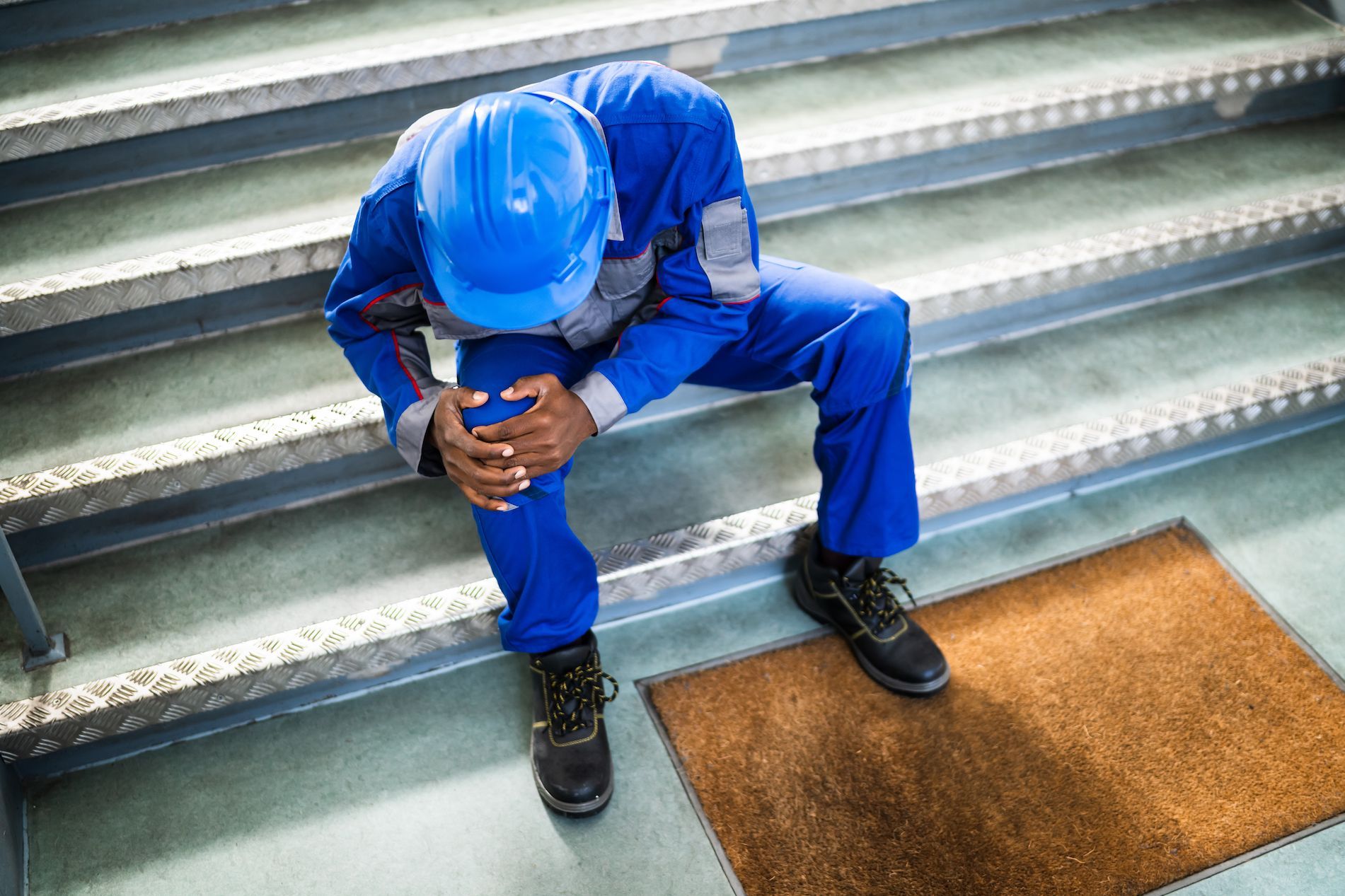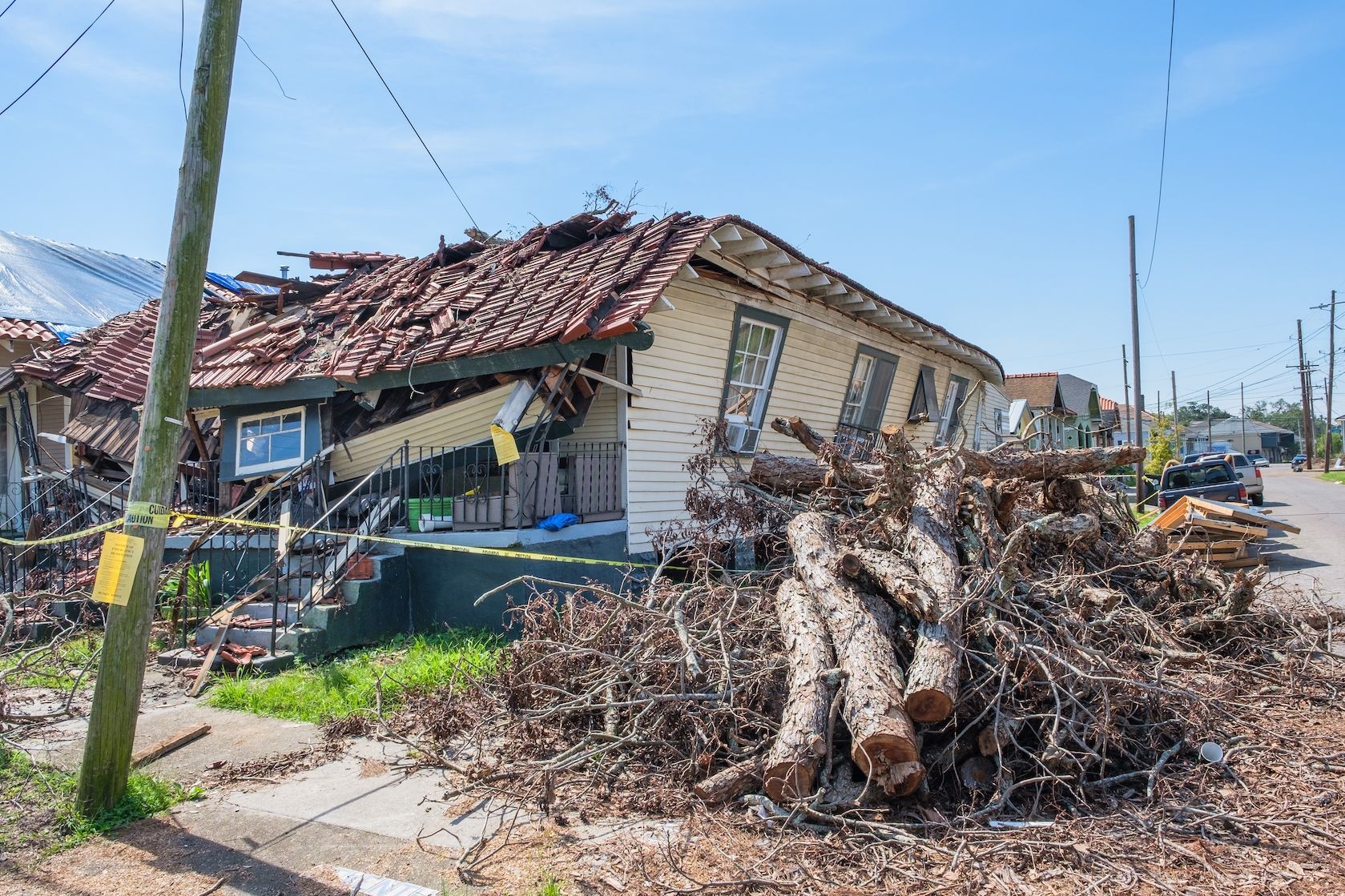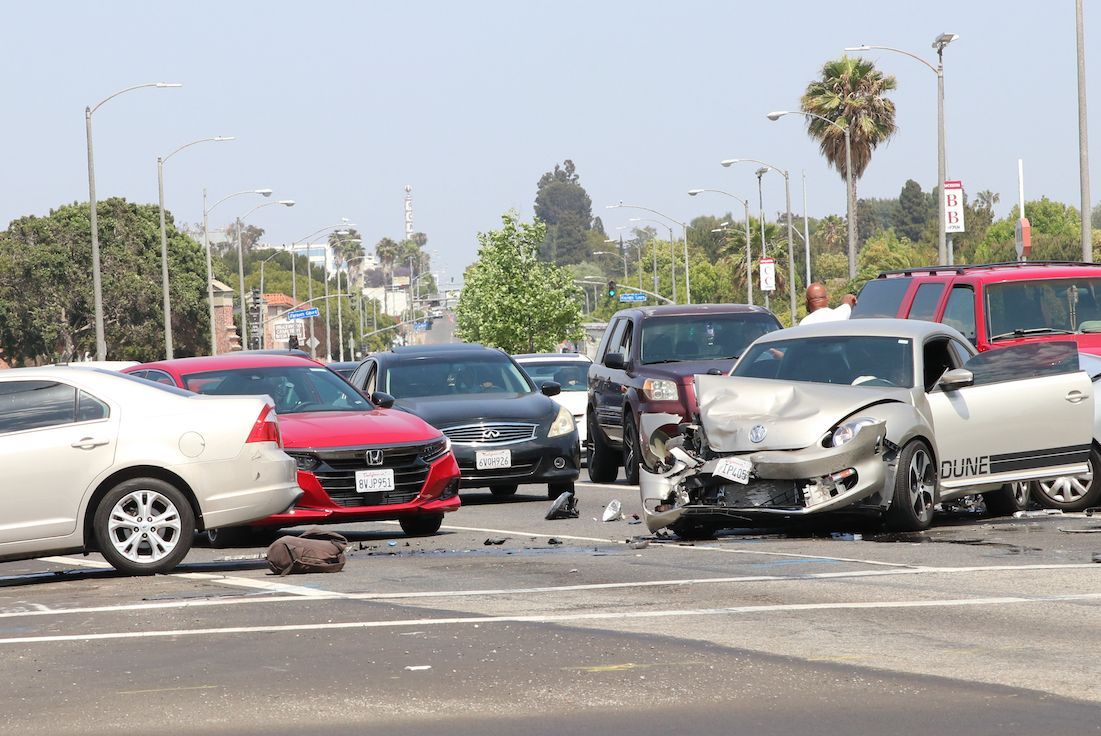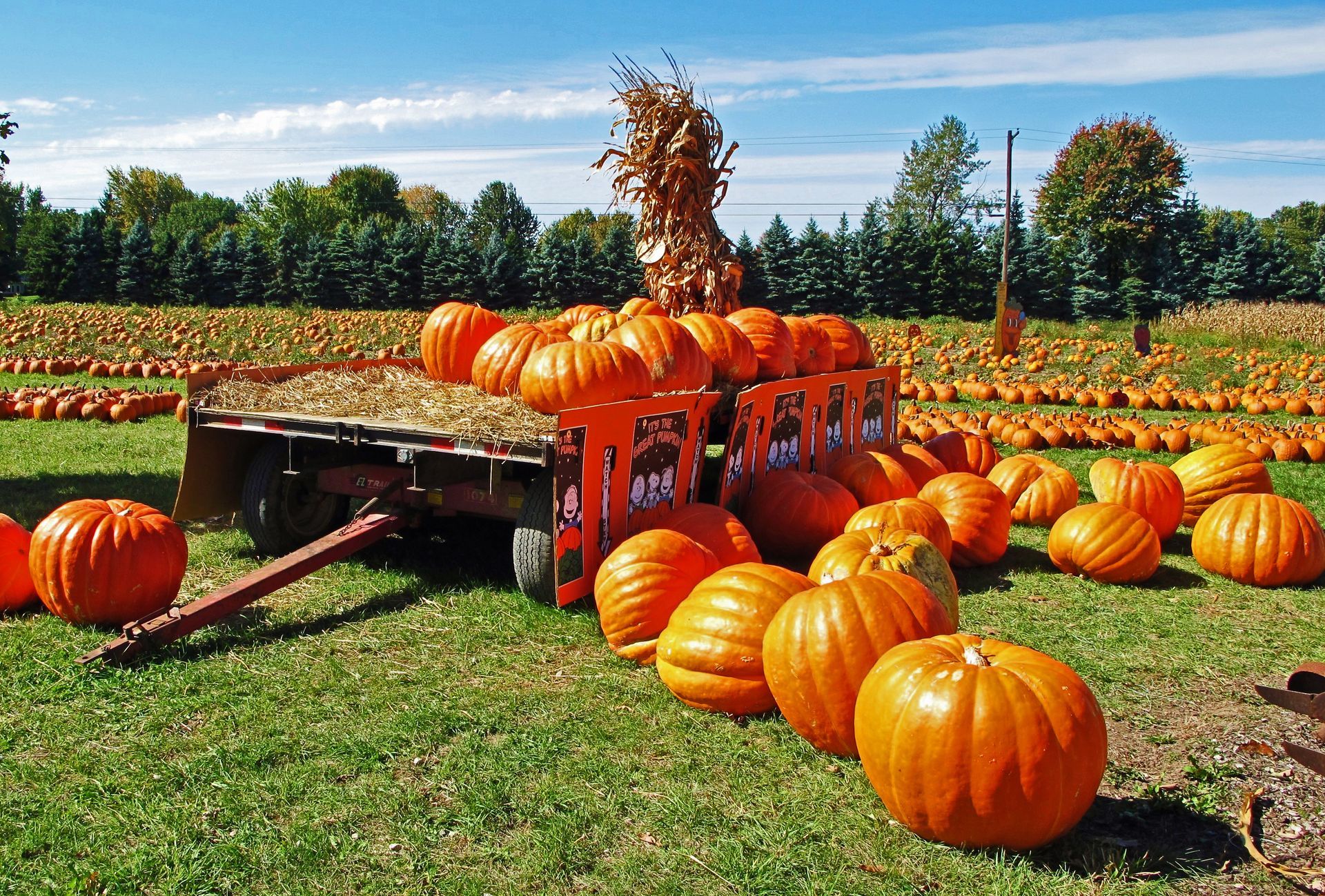Most Dangerous Days to Travel in Louisiana
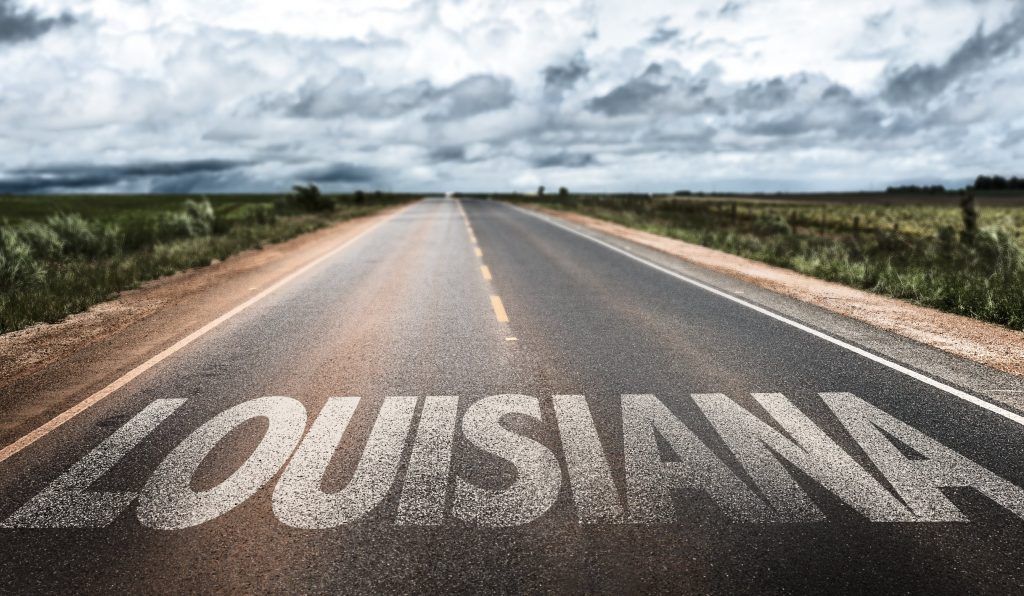
With summer travel expected to approach pre-pandemic levels, Louisiana roads should be full of traffic over the next few months. As we all know, when there are more cars on the road there will be more car accidents. However, some days are statistically more dangerous than others—even when traffic levels are about the same. Knowing the most dangerous days to travel in Louisiana can help you be prepared and stay safer. In the end, it might prevent the need to call on Louisiana personal injury lawyers for assistance.
Why Are Some Days More Dangerous Than Others?
Inclement weather can make driving more dangerous during certain seasons. Other days are more dangerous because drinking and driving may be more prevalent, which contributes to an increased number of accidents on the road. Those are the days when Louisiana personal injury lawyers get the most calls.
What Are the Most Dangerous Days to Travel in Louisiana?
- The 100 days between Memorial Day and Labor Day are definitely more dangerous than most of the rest of the year. Nine out of ten of the deadliest days of the year fall into this time period. You have people coming into Louisiana to visit New Orleans or to check out the bayous. You have Louisianans visiting family and friends, going to parties, or just hitting the beach. That means more traffic and more DUIs.
- Fourth of July is the deadliest day to travel, whether you live in Louisiana or not. That is a day when people are traveling to visit family, party with friends, or to enjoy a day at the beach. It is also a day when consuming alcoholic beverages is very common. According to the National Highway Traffic Safety Administration (NHTSA), 11,654 lost their lives due to DUI accidents in 2020. That also equates to one person being killed in a drunk-driving crash every 45 minutes in the United States.
- Mardi Gras, especially for those living in or around New Orleans, is a time when things can become dangerous on the roads, especially once the festivities have died down.
- Other special events that can trigger dangerous roads are Cinco de Mayo and the Super Bowl. Even though the pandemic canceled most festivities for these major events, it did not stop accidents from completely happening in Louisiana.
- Did you know that cops sometimes refer to the night before Thanksgiving as Black Wednesday? That night is often the busiest single day for bars throughout Louisiana and the rest of the nation. That increase in drinking also increases the accident rate.
Planning to Travel in Louisiana on a Dangerous Day?
If you need to be on the roads during one of the most dangerous travel days, plan out your trip in advance. Try to avoid heavy traffic times like rush hour. Be sure to keep a safe distance away from other vehicles. Always be on the lookout for erratic drivers and report them to the police.
Top Five Dangerous Road to Travel in Louisiana
Some stretches of Louisiana roads are more dangerous to travel, such as the devil’s triangle of interstates—the 2-mile stretch of I-10 between La. 415 and the new Mississippi River bridge in Port Allen. This is especially true during the Thanksgiving and Christmas holiday season when weather conditions are not ideal and more people are on the road. The fact that I-10 is the most heavily traveled highway in the state connecting Lake Charles, Lafayette, Baton Rouge, and New Orleans is just one more contributing factor that makes this road more dangerous than others.
US-190, I-20, US-90, and SR-1 round off the top five dangerous roads in Louisiana. Hurt in a Louisiana car, truck, or motorcycle accident and need legal assistance? Call on the 24/7 personal injury lawyers at Mike Brandner Law. Or, you can contact us online via a form, or through our convenient LiveChat feature. We also offer free consultations and we get results!


